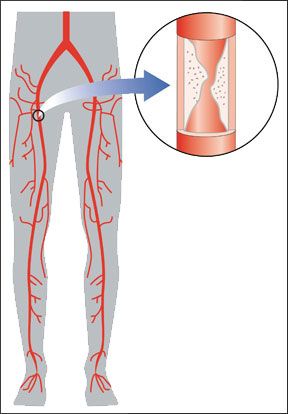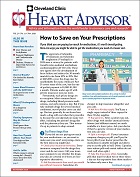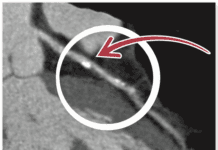Peripheral arterial disease (PAD) affects between eight and 12 million Americans and can lead to severe obstruction of blood flow in the lower extremities if not treated. But a study published in the May 1 issue of Catheterization and Cardiovascular Interventions: Journal of the Society for Cardiovascular Angiography and Interventions showed that PAD is often overlooked in patients with existing heart disease, often because it can exist for some time before symptoms, such as leg pain, develop. "PAD is the term used to refer to vascular disease of the extremities, generally the legs, but also the arms," says Heather Gornik, MD, a staff physician in the Robert and Suzanne Tomsich Department of Cardiovascular Medicine in the Sections of Clinical Cardiology and Vascular Medicine and medical director of the Non-Invasive Vascular Laboratory at Cleveland Clinic. "The most common cause of PAD is atherosclerosis, or plaque formation in the arteries."
To continue reading this article or issue you must be a paid subscriber.
Sign in






